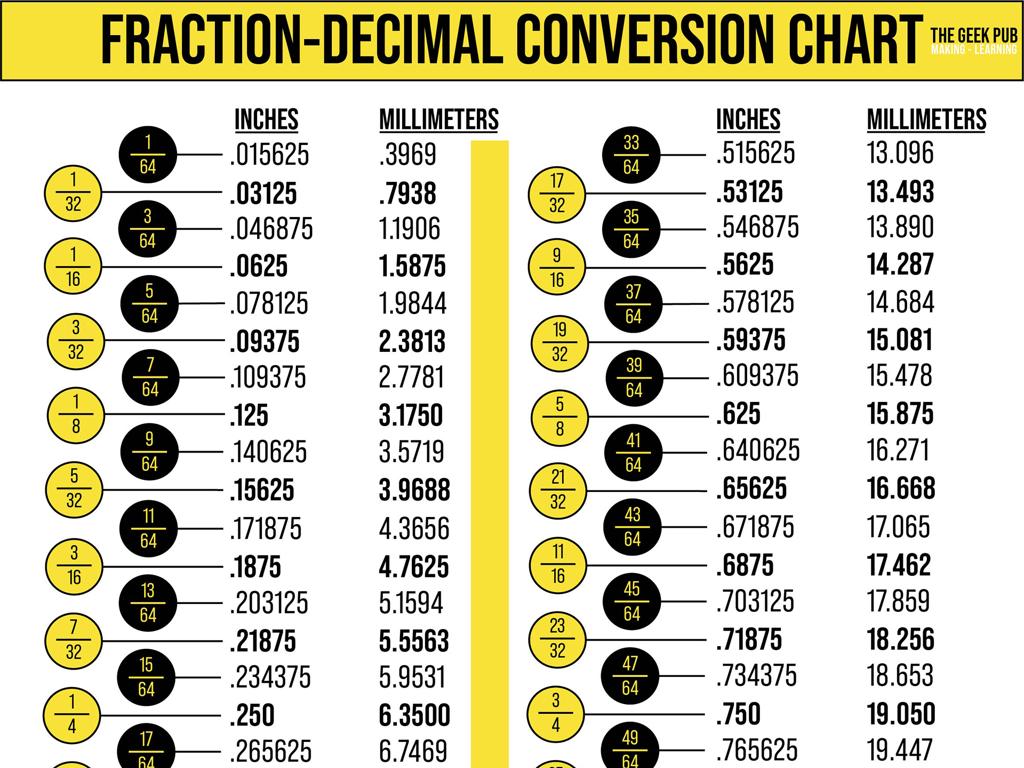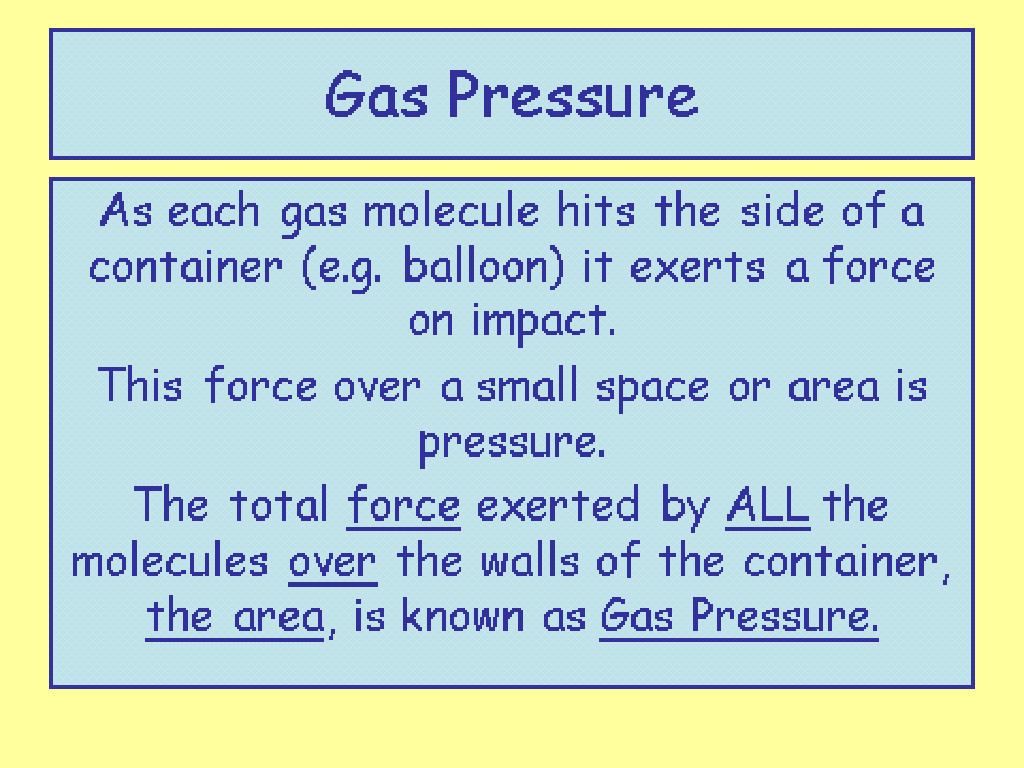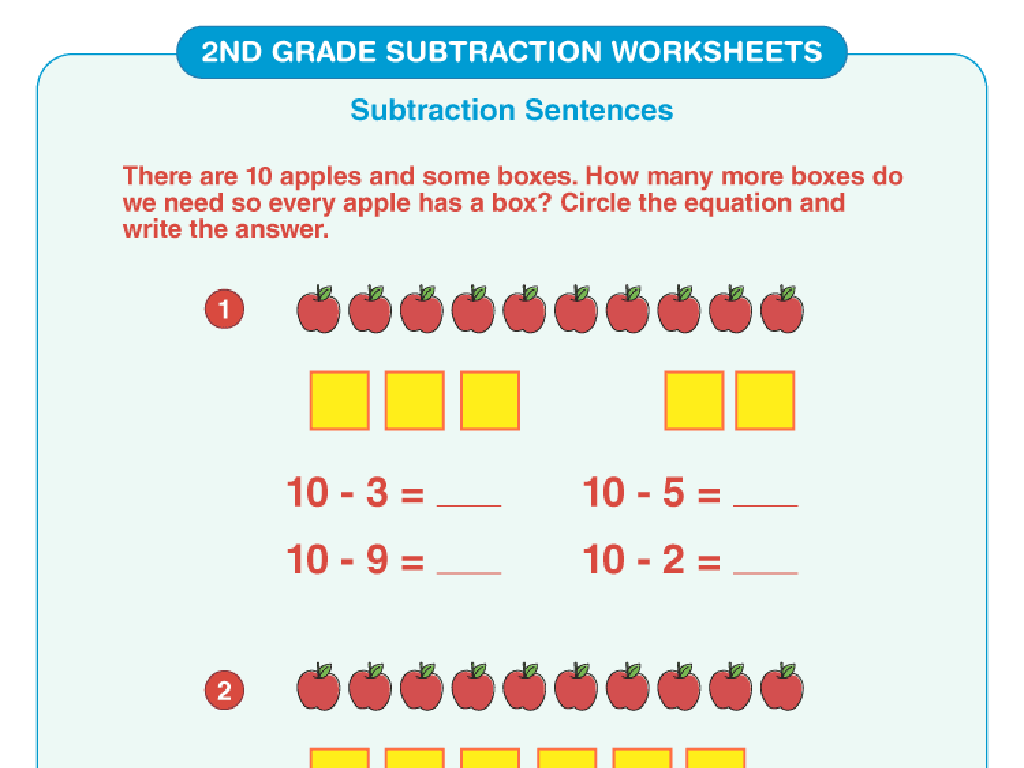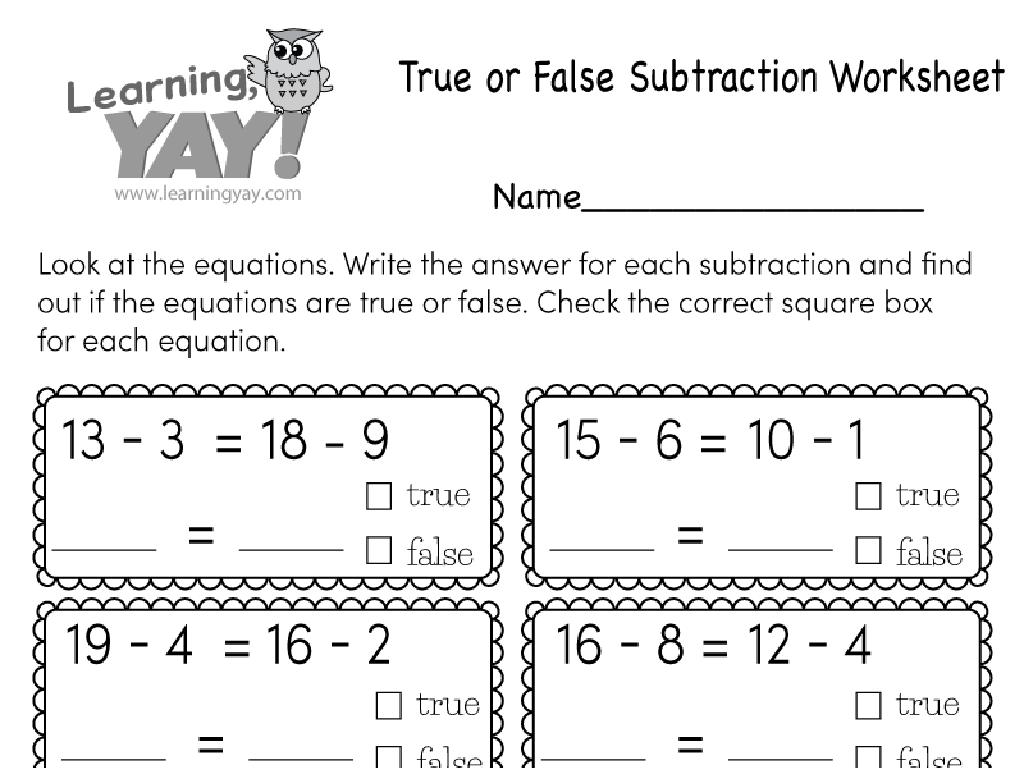Parts Of A Circle
Subject: Math
Grade: Eighth grade
Topic: Two-Dimensional Figures
Please LOG IN to download the presentation. Access is available to registered users only.
View More Content
Welcome to the World of Circles!
– Explore two-dimensional figures
– Discover the significance of circles
– Circles are everywhere: wheels, clocks, and more
– Learn the parts of a circle
– Radius, diameter, circumference, and more
– Preview of today’s lesson
|
This slide is an introduction to our lesson on the parts of a circle, which falls under the broader topic of two-dimensional figures. Begin by discussing the various two-dimensional shapes that students are already familiar with, then transition to the unique properties and omnipresence of circles in the real world. Highlight the importance of understanding circles not just in mathematics, but in everyday life. Introduce the key parts of a circle such as the radius, diameter, and circumference, which will be covered in detail during the lesson. Use this slide to set the stage for today’s learning objectives and get students excited about the applications of circle geometry.
Exploring Circles: Fundamental 2D Shapes
– A circle: set of all points equidistant
– from a fixed center point, called the radius
– Circles among 2D figures
– Circles are unique 2D shapes with no corners
– Identifying circles around us
– Find objects shaped like circles in class
– Circles’ role in daily life
– Wheels, clocks, and coins are circular
|
Begin with the definition of a circle, emphasizing the concept of all points being equidistant from the center, which introduces the term ‘radius’. Discuss how circles differ from other 2D figures, particularly their lack of straight edges and vertices. Encourage students to look around the classroom and identify objects that are circular, such as clocks, wheels on chairs, or even the base of a container. Extend this to everyday life examples, reinforcing the ubiquity and importance of circles in various contexts. This will help students recognize the practical applications of geometry in their surroundings and understand the circle’s fundamental role in both natural and human-made structures.
Circle Basics: Center, Radius, and Diameter
– The center of a circle
– A fixed central point in the circle
– Radius: Distance to the circle’s edge
– Half the length of the diameter
– Diameter: A line through the center
– Twice the length of the radius
– Relationship between radius and diameter
|
This slide introduces students to the fundamental components of a circle. The center is the fixed point from which every point on the circle’s circumference is equidistant. The radius is a straight line from the center to any point on the edge of the circle. The diameter is the longest possible straight line that can be drawn through the center, touching two points on the circle’s edge. It’s crucial to emphasize that the diameter is twice the length of the radius, which is a key relationship in circle geometry. Use diagrams to visually represent these concepts and encourage students to draw their own circles, identifying the center, radius, and diameter to reinforce learning.
Circumference of a Circle
– Define circumference
– The perimeter or distance around a circle
– Circumference formulas
– Use C = Àd or C = 2Àr, where d is diameter and r is radius
– Calculate circumference examples
– Find circumference with given diameter or radius
– Practice with different circles
|
The circumference is the total distance around the circle, similar to the perimeter of a polygon. Introduce the formulas for calculating circumference using either the diameter (d) or the radius (r) of the circle, with À (pi) as a constant approximately equal to 3.14. Provide examples with different diameters and radii to illustrate the calculation process. Encourage students to practice with circles of varying sizes to become comfortable with the concept and formulas. This will help them understand how to apply these formulas in real-world situations, such as finding the distance around a circular garden or the edge of a round table.
Understanding the Area of a Circle
– Concept of area in a circle
– Area represents the space inside the circle’s boundary
– Area formula: A = Àr^2
– ‘A’ stands for area, ‘À’ is Pi (approx. 3.14159), and ‘r’ is the radius of the circle
– Practice calculating area
– Solve example problems to reinforce the formula
– Application of area calculation
– Use area in real-life scenarios, like finding the space for a round garden
|
Begin by explaining the concept of area as the amount of space inside the perimeter of a circle. Introduce the formula for calculating the area of a circle, A = Àr^2, where ‘r’ is the radius. Work through practice problems with the class to ensure understanding. Emphasize the importance of squaring the radius, not the diameter. Conclude with practical applications, such as determining the amount of paint needed for a circular region or the fabric required for a round tablecloth. Encourage students to think of other areas where calculating the area of a circle might be useful.
Sector and Segment of a Circle
– Define circle sector
– A sector is a ‘pizza slice’ of the circle, formed by two radii and an arc.
– Define circle segment
– A segment is the ‘bow’ shape, part of a circle between a chord and an arc.
– Sector vs. segment
– Sectors have a ‘wedge’ shape, segments are ‘arches’; sectors are larger.
– Real-life examples
– Sectors: pizza slices, clock faces. Segments: arches in bridges, segments of oranges.
|
This slide introduces students to the concepts of sectors and segments of a circle, which are portions or parts defined by specific geometric properties. A sector is like a slice of pie or pizza, created by the area between two radii and the connecting arc. A segment, on the other hand, resembles an arch and is the area between a chord (a line segment that joins two points on a circle) and the arc it subtends. Highlight the differences between the two, emphasizing the visual and size aspects. Provide relatable examples such as slices of pizza or pie for sectors and arches in bridges or segments of an orange for segments to help students visualize and understand these parts of a circle in a real-world context. Encourage students to think of other examples and to draw these parts in their notebooks for better retention.
Circle Review: Understanding the Whole
– Recap circle components
– Radius, diameter, circumference, and center
– Interrelation of circle parts
– Diameter is twice the radius, circumference is À times the diameter
– Significance of each component
– Each part plays a role in circle properties and formulas
– Comprehending the complete circle
|
This slide aims to consolidate the students’ knowledge of the various parts of a circle. Begin by reviewing the radius, diameter, circumference, and center, ensuring students can identify and define each. Illustrate how these parts are interconnected, such as the diameter being twice the length of the radius and the circumference being À times the diameter. Emphasize the importance of understanding each component, as they are fundamental to solving problems involving circles, such as calculating area and perimeter. Encourage students to see the circle as a whole made up of interdependent parts, each contributing to the circle’s unique properties.
Class Activity: Create Your Own Circle
– Gather paper, compass, ruler
– Draw a circle using compass
– Label parts: center, radius, circumference
– Center: middle point. Radius: line from center to edge. Circumference: distance around circle.
– Share your circle with the class
– Discuss similarities and differences in everyone’s drawings.
|
This activity is designed to provide hands-on experience with the geometry of circles. Students will use a compass and ruler to draw a circle and then label the key parts, including the center, radius, and circumference. This will help them visualize and understand the properties of a circle. After drawing, students will engage with their peers to compare their circles and discuss any observations or questions. The teacher should circulate to provide guidance and ensure accuracy in labeling. Possible variations of the activity could include calculating the radius using the circumference, finding the area, or exploring concentric circles.
Homework: Mastering Circle Parts
– Complete the circle worksheet
– Solve problems to identify and measure parts of a circle
– Label circle parts at home
– Find everyday objects shaped like circles and practice labeling
– Review for the upcoming quiz
– Go over notes and worksheet answers to prepare
– Engage with real-world circles
|
For homework, students are to reinforce their understanding of circle parts by completing a provided worksheet. Encourage them to apply their knowledge by identifying circles in their environment, such as clocks or wheels, and labeling the radius, diameter, circumference, and center. Remind them to review their class notes and worksheet to prepare for a quiz on circle parts in the next class. This practice will help solidify their grasp of the concepts and enable them to recognize circles and their components in the world around them.






